Lantana Plants: Complete Guide to Growing & Care
Discover how to successfully grow and maintain vibrant lantana plants in your garden landscape
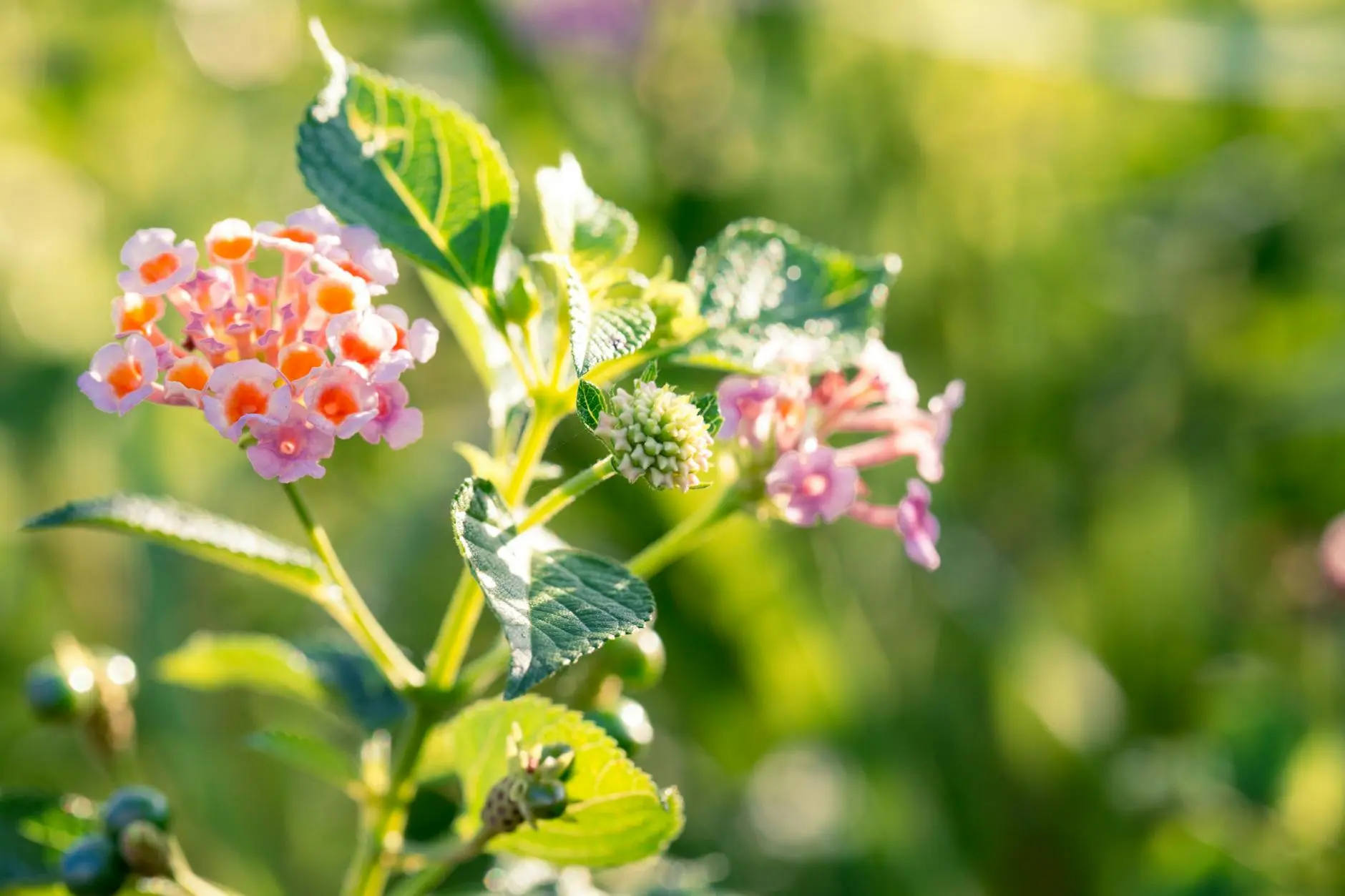
Introduction to Lantana Plants
Lantana plants are vibrant, heat-loving perennials that bring a tropical flair to any garden with their clusters of colorful blooms. These resilient plants are prized for their long blooming season, drought tolerance, and ability to attract butterflies and hummingbirds. Whether you’re growing them as perennials in warm climates or as annuals in cooler regions, lantanas offer remarkable versatility and visual impact with minimal maintenance requirements.
Native to tropical regions of the Americas and Africa, lantanas have adapted to thrive in challenging conditions, making them perfect for gardeners seeking low-maintenance yet high-impact plants. Their ability to withstand heat, drought, and poor soil conditions has made them increasingly popular in modern landscaping, especially in water-conscious garden designs.
Lantana Basics
Hardiness Zones
Lantana thrives as a perennial in USDA Hardiness Zones 9-11, where it can grow into substantial flowering shrubs. In Zones 7-8, certain varieties may act as tender perennials, sometimes returning after mild winters, particularly if protected with mulch. In Zones 1-6, lantana is typically grown as an annual, providing season-long color from spring until frost.
Height and Spread
The growth habit of lantana varies significantly depending on whether it’s grown as an annual or perennial. When grown as perennials in frost-free regions, lantanas can develop into impressive shrubs reaching 2 to 6 feet tall and spreading 3 to 10 feet wide. In cooler climates where they’re treated as annuals, plants typically grow 3 to 4 feet tall and 1 to 3 feet wide in a single growing season.
Sun Exposure
Lantana plants are sun-worshippers that require full, direct sunlight to perform their best. For optimal flowering and growth, provide at least 6 to 8 hours of direct sunlight daily. Insufficient sunlight results in leggy growth and reduced flowering. These plants thrive in hot, sunny locations where many other flowering plants might struggle.
Bloom Time
One of lantana’s most valuable attributes is its extended flowering period. In areas where it’s grown as an annual, lantana blooms continuously from late spring through the first frost. In frost-free regions where lantana grows as a perennial, flowering can continue nearly year-round, with perhaps a brief slowdown during the coolest months.
Planting Lantana
When to Plant
Timing is important when planting lantana. Wait until all danger of frost has passed and soil temperatures have warmed considerably in spring. Lantana performs poorly in cool soil, so it’s better to plant later in spring when temperatures are reliably warm. In most regions, this means planting after nighttime temperatures consistently remain above 55°F.
Site Selection
Choose a planting location that receives full sun for at least 6 to 8 hours daily. Lantana thrives in heat and sun, making south or west-facing locations ideal. These plants are adaptable to various soil types but require good drainage. Avoid sites where water tends to pool after rain, as lantana is susceptible to root rot in waterlogged conditions.
Soil Requirements
Lantana prefers well-draining, moderately fertile soil. While it adapts to poor soil conditions, including sandy or rocky soils, it will not tolerate wet, compacted soil. If your garden has heavy clay soil, amend the planting area with compost or coarse sand to improve drainage. Lantana generally performs best in soil with a neutral to slightly acidic pH.
Planting Process
Follow these steps when planting lantana for best results:
- Dig a planting hole slightly wider and deeper than the root ball
- Remove the plant from its container and gently loosen any circling roots
- Place the plant in the hole with the top of the root ball level with the surrounding soil
- Backfill with soil, firming gently to remove air pockets
- Water thoroughly after planting to settle the soil
- Apply a thin layer of mulch around the plant, keeping it away from the stems
Spacing
Proper spacing depends on the lantana variety and whether you’re growing it as an annual or perennial. For perennial plantings, space plants 3 to 6 feet apart to accommodate their eventual spread. When grown as annuals, lantanas can be spaced more closely, typically 1 to 3 feet apart. Container-grown specimens generally require at least a 12-inch diameter pot to accommodate their vigorous root system.
Lantana Care
Watering
While newly planted lantana requires regular watering until established, mature plants are remarkably drought-tolerant. During the first growing season, water whenever the top inch of soil feels dry. Once established, lantana thrives with deep, infrequent watering. In most garden settings, natural rainfall is often sufficient except during extended drought periods. Overwatering is more likely to harm lantana than underwatering.
Fertilization
Lantana doesn’t require heavy fertilization, and in fact, too much fertilizer can reduce flowering and promote excessive foliage growth. For container-grown plants, apply a balanced slow-release fertilizer once monthly during the growing season. Plants growing in garden soil generally need little to no supplemental fertilization. If growth seems sluggish, a light application of balanced fertilizer in spring may be beneficial.
Pruning and Maintenance
Regular deadheading encourages continuous blooming throughout the season. Remove spent flower clusters promptly to stimulate new bloom production. In frost-free regions, perform a rejuvenation pruning in late winter or early spring, cutting plants back by one-third to one-half their size to promote dense, vigorous new growth. This hard pruning helps prevent plants from becoming woody and less productive over time.
For lantana grown as an annual, light shaping and deadheading throughout the growing season are usually sufficient. If plants become leggy in mid-summer, a moderate trim can reinvigorate growth and flowering.
Winter Care
In Zones 9-11, lantana requires minimal winter care. Reduce watering during dormant periods and apply a fresh layer of mulch to protect roots. In Zone 8, and occasionally Zone 7, lantana may survive winter if provided with good drainage and a thick layer of protective mulch. Cut plants back after the first frost and apply 4-6 inches of mulch over the root zone.
In colder regions, lantana can be overwintered indoors. Before the first frost, either:
- Dig up and pot plants, trimming them back by about half their size
- Take cuttings to propagate new plants for the following spring
Keep overwintered plants in a bright location with cool temperatures (50-60°F) and water sparingly until new growth appears in late winter.
Pest and Disease Management
Lantana is generally resistant to most pests and diseases, which contributes to its low-maintenance reputation. However, it can occasionally experience issues with whiteflies, spider mites, or powdery mildew, particularly in humid conditions or when plants have insufficient airflow. Regular monitoring and maintaining good growing conditions are usually sufficient to prevent serious problems.
Popular Lantana Varieties
Trailing/Spreading Types
Trailing lantana varieties are excellent for hanging baskets, as ground covers, or cascading over walls. These typically grow 12-18 inches tall with a spread of 2-4 feet. Popular selections include Lantana montevidensis (trailing lantana) with lavender or white flowers and ‘New Gold’ with bright yellow blooms.
Compact Varieties
Compact lantana varieties are perfect for containers and smaller garden spaces. These typically reach 1-2 feet tall and wide with a dense, mounding habit. The Bandana series offers numerous color options in this size range, as does the popular Landmark series.
Larger Shrub Forms
For landscaping and perennial gardens in warm climates, larger lantana varieties make impressive flowering shrubs. These can reach 4-6 feet tall and wide with continuous bloom. ‘Miss Huff’ is noted for its cold hardiness, while ‘Dallas Red’ offers vibrant red and orange color combinations.
Landscape Uses for Lantana
Butterfly Gardens
Lantana is a premier plant for attracting butterflies, making it an essential component of pollinator gardens. The clustered flowers provide abundant nectar, while the plant’s natural vigor ensures continuous bloom throughout the season. Combine lantana with other butterfly favorites like milkweed, coneflower, and salvia for a pollinator paradise.
Drought-Resistant Landscapes
With its exceptional tolerance for heat and drought, lantana excels in water-wise garden designs. Use it in xeriscapes alongside other drought-tolerant plants such as salvias, ornamental grasses, and succulents. Its ability to thrive with minimal irrigation makes it an environmentally responsible choice for modern landscapes.
Container Plantings
Lantana performs beautifully in containers, providing season-long color with minimal maintenance. Use it as a thriller element in combination planters or as a standalone specimen in pots. Ensure containers have adequate drainage holes and use a quality potting mix that won’t retain excessive moisture.
Frequently Asked Questions
Is lantana a perennial?
Lantana is a perennial shrub in USDA Zones 9-11. In some protected areas of Zone 8, it may act as a tender perennial, returning after mild winters. In colder regions (Zones 1-7), lantana is typically grown as an annual or overwintered indoors.
Does lantana grow fast?
Yes, lantana grows quickly when provided with proper growing conditions. Plants can easily reach their full annual size in a single growing season. In perennial settings, lantana establishes rapidly and may need regular pruning to control its vigorous growth.
Is lantana easy to grow?
Lantana is exceptionally easy to grow, making it suitable for beginner gardeners. It requires minimal attention once established, tolerates poor soil conditions, and continues to flower even during heat waves and drought periods that cause other plants to suffer.
Do lantanas come back every year?
In frost-free regions (Zones 9-11), lantana reliably returns year after year, often growing larger each season. In Zone 8, and occasionally Zone 7 with protection, lantana may return from its roots after winter. In colder areas, lantana is treated as an annual unless overwintered indoors.
How do I make my lantana bloom more?
To maximize lantana flowering:
- Ensure plants receive at least 6-8 hours of direct sunlight daily
- Avoid over-fertilizing, which promotes foliage at the expense of flowers
- Deadhead regularly to encourage new bloom production
- Water deeply but infrequently once established
- Prune lightly mid-season if growth becomes leggy
Is lantana poisonous to pets?
Yes, all parts of lantana plants contain toxins that can be harmful if ingested by pets, particularly the green, unripe berries. While most animals avoid eating lantana due to its strong scent, it’s advisable to keep pets from chewing on the plants and to promptly remove any fallen berries in gardens where pets have access.
Can lantana be grown from seed?
While lantana can be grown from seed, it’s generally propagated from cuttings to ensure plants maintain the specific characteristics of the parent plant. Seed-grown lantanas may not come true to the parent plant’s color and growth habit, and they take longer to reach flowering size than plants started from cuttings.
References
Read full bio of medha deb



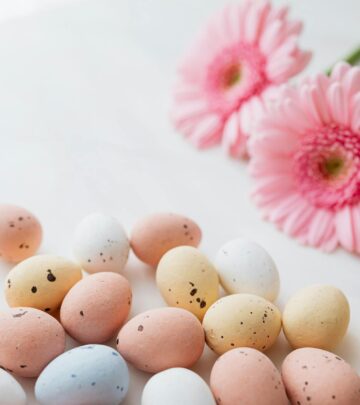
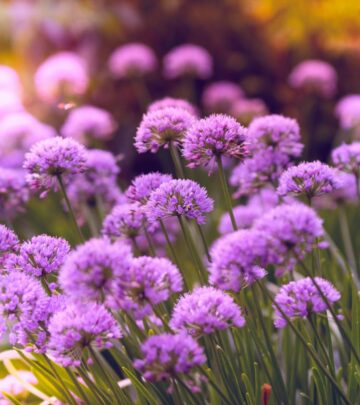

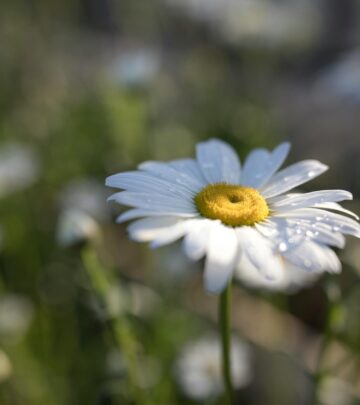
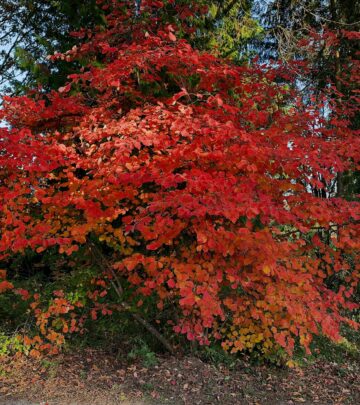









Community Experiences
Join the conversation and become a part of our empowering community! Share your stories, experiences, and insights to connect with other beauty, lifestyle, and health enthusiasts.